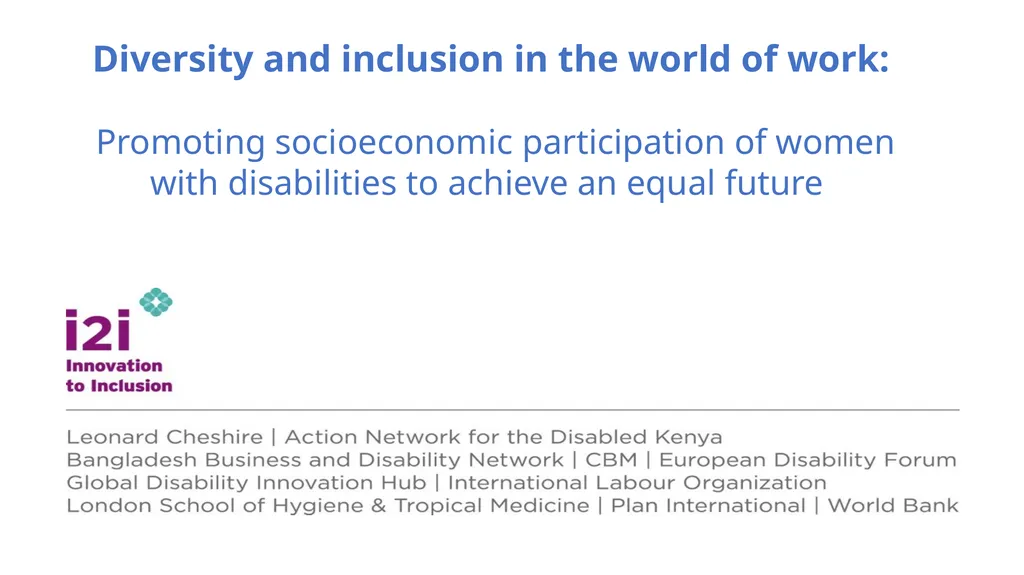
Diversity and inclusion in the world of work:
Author: trish-goza | Published: 2025-05-30
Description: Diversity and inclusion in the world of work: Diversity and inclusion in the world of work: Promoting socioeconomic participation of women with disabilities to achieve an equal future Sign Language Interpretation and Captioning available
Download Presentation
Download the PPT/PDF: Download
Transcript:
Loading transcript…